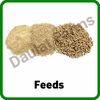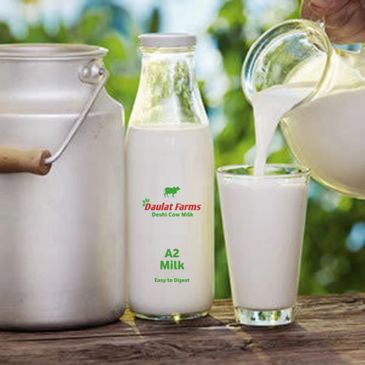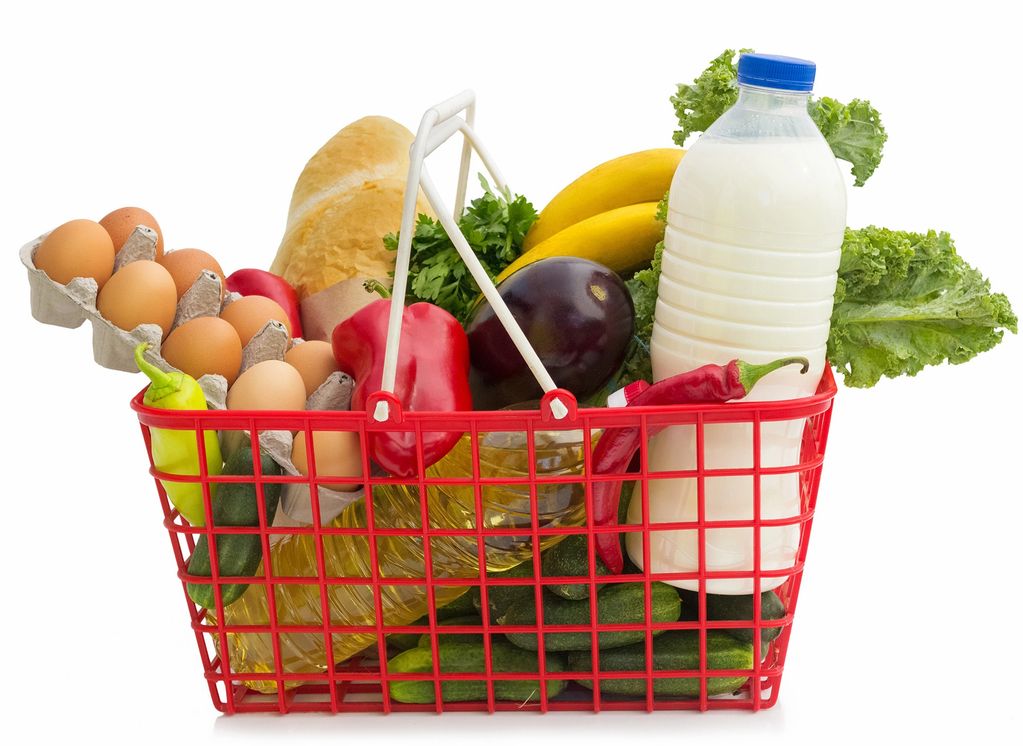41 from product labels identify the active ingredients of cleaning products used at home
Pesticide Labeling Questions & Answers | US EPA 14.10.2021 · Consumers can readily determine if a pesticide product contains an active ingredient (e.g., DEET) by reviewing the active ingredients listed on the front panel of the label in accordance with 40 CFR 156.10(g). Because all active ingredients must be listed, the absence of an active ingredient in the ingredient statement would indicate it is not in the product. How to Read a Cleaning Product Label - The Spruce No phosphorous, no CFCs, and no bleach are popular things to tout on a label. But if you want to know the specifics, you often have to go through customer service to get answers. 01 of 07 Ingredients Sarah Aguirre If you really want to know what the ingredients are in your cleaning supplies, try the manufacturer, first.
Household Cleaning Products | Muncie Sanitary District The most common ingredients in household cleaning products include alkalies, acids, detergents, abrasives, sanitizers, and spirit solvents. Abrasives Abrasives are materials that wear off dirt by rubbing. Rottenstone, whiting, pumice, volcanic ash, quartz, marble, feldspar, and silica are prime examples of an abrasive.

From product labels identify the active ingredients of cleaning products used at home
Home Cleaning and Personal Care Products Guide Coco Butter is an emollient which means it has the quality of softening and smooths the skin. It contains a fatty acid which aids in retaining moisture and building elasticity. Jojoba oil is similar to the oil that is in our skin. It is light and silky and has a long shelf life. Labels - Understanding ingredient labels - Center for Research on ... Typically, you'll find "water (aqua)" listed as the first ingredient, this means the majority of the product is made up of water. Next, you may find "glycerin" which is a humectant or an ingredient that retains moisture. As you go down the list, you can get a sense of which ingredients make up most of the product. Guidance for Industry, Q7A Good Manufacturing Practice … Sep 24, 2001 · Records of major equipment use, cleaning, sanitation, and/or sterilization and maintenance should show the date, time (if appropriate), product, and batch number of each batch processed in the ...
From product labels identify the active ingredients of cleaning products used at home. About Cleaning Product Ingredients | The American ... - Cleaning Institute Each product formula is a careful balance of various ingredients that will work best for what you are trying to clean. For more information about the specific ingredients in a cleaning product, visit the manufacturer's website or look for the product in SmartLabel. Surfactants Builders Solvents Enzymes Fragrances Preservatives pH Adjusters Household and personal care products - SlideShare 4. Give common examples of personal care products used to enhance the appearance of the human body Identify the major ingredients of cosmetics such as body lotion, skin whitener deodorants, shaving cream, and perfume 5. CHEMICALS IN HOUSEHOLD PRODUCTS 6. 15 best eco-friendly cleaning products, according to experts - NBC News Boulder Clean Valencia Orange Dish Soap. This dish soap is dye-free and paraben-free, and contains no phosphates, SLS or triclosan, according to Boulder Clean. In addition to dishes, the brand ... Cleaning Products | Uses, Benefits, and Chemical Safety Facts There are many different types of ingredients used in cleaning products to help them perform. For example, you may see solvents like ethanol, or preservatives, or chlorine bleach listed in a cleaning product's ingredients. You can often find the ingredients listed on a product's ingredients label or packaging.
Types of Cleaning Agents Used in Housekeeping | Polo & Tweed Below are some of the other substances you can find in abrasive cleaners. Aluminum oxide Calcium carbonate Calcite Feldspar Quartz Silica Whiting (powdered chalk) Caution when using abrasives Housekeepers should always read the labels on abrasive cleaning agents. To make sure they use the appropriate product for the cleaning task at hand. Chem 101: What you need to know about active ingredients - CleanLink Check the label or MSDS for specifics. In addition, housekeeping managers may look at product labels and find a variety of acids: boric acid, sulfuric acid, phosphoric acid and others. These chemicals can have a wide range of uses. Boric acid, for instance, is most often found in insecticides and baits. Acids & Bases | About Cleaning Products Low pH = Acidic. If a solution has a pH that is lower than 7, that solution is considered acidic . Acids are usually sour or bitter - coffee, cola, and lemon juice all have an acidic pH. When used in cleaning products, acids help to break down difficult stains like rust or mineral deposits. Some common cleaning products that have an acidic pH ... Nanoparticles in sunscreens | EWG's Guide to Sunscreens Sunscreens made with zinc oxide and titanium dioxide generally score well in EWG’s ratings because: they provide strong sun protection with few health concerns; they don’t break down in the sun; and zinc oxide offers good protection from UVA rays – titanium oxide less so, but better than most other active ingredients.
Active Ingredients in Detergent | eHow Among the active ingredients of detergent soap are those categorized as surfactants. These ingredients remove dirt, oil and grease stains by a chemical action that takes place because of polarity (or magnetic attraction). Surfactants are composed of phospholipids, a class of fats that is attracted to water's polarity, and certain fatty acids ... Corporate Whitewash?: Why Do Cleaning Product-Makers Keep Most of Their ... For do-it-yourselfers, the Greener Choices website also lists recipes for eco- and health-friendly homemade household cleaners using ingredients like baking soda, borax, lemon juice and vinegar.... 4 Types of Cleaning Agents and When To Use Them Detergents are the most common type of cleaning agent and are used in home and commercial kitchens. They work by breaking up dirt or soil, making it easy to wash it away. The detergents used in commercial kitchens are usually synthetic detergents made from petroleum products and may be in the form of powder, liquid, gel or crystals. 2. Degreasers Identifying Greener Cleaning Products | US EPA In addition to the Safer Choice label, EPA offers the Design for the Environment (DfE) label on antimicrobial products, such as disinfectants and sanitizers. Whether a product displays the Safer Choice label or the DfE label, the same stringent requirements and high standards must be met for that product to become certified.
Ingredients In Cleaning Products | Exploration Clean Ingredients In Cleaning Products | Exploration Clean Surfactants Builders Solvents Solvent amount Less More Enzymes Close-up of cloth with oil and grease stain. Fragrances Preservatives pH Adjusters Acidity Neutral 0 1 2 3 4 5 6 7 8 9 10 11 12 13 14 Dye Thickener Thickener amount Less More Foam Enhancer Antibacterial or Disinfecting Ingredients
physci worksheet 8.docx - Republic of the Philippines... Choose your answer from the terms inside the box. (7pts) Essential Learning Competency: 1. From product labels, identify the active ingredient (s) of cleaning products used at home 2. Give the use of the other ingredients in cleaning agentspH Adjuster Builders Preservatives Fragrance Enzymes Solvent Dye
Cosmetics Labeling Guide | FDA Ingredients not common to all products identified by product in which used, and Single composite list of all color additives without product identification 21 CFR 701.3 (O) (1)
Selection and Use of Home Cleaning Products | New Mexico State ... Detergents are an ingredient found in many home cleaning products. A detergent is a chemical substance used to break up and remove grease and grime. Soap is an example of one kind of detergent. The most important ingredients in detergents are chemicals called surfactants—a word made from bits of the words “surface active agents.” Since water does not clean …


Post a Comment for "41 from product labels identify the active ingredients of cleaning products used at home"